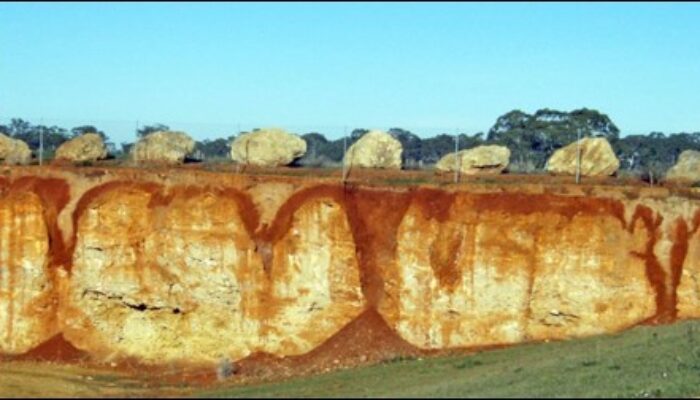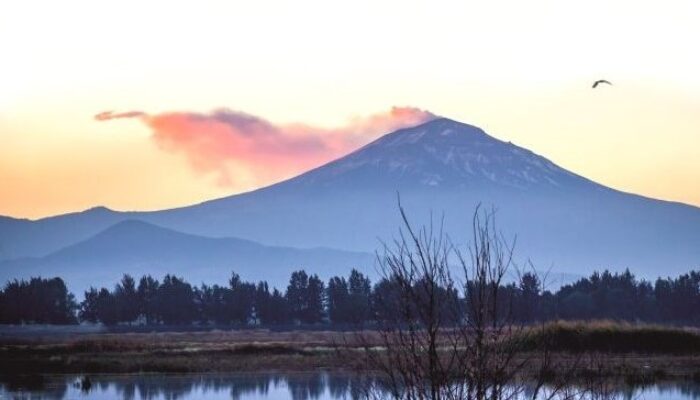Introduction It is sometimes difficult to admit that you are (officially) a nerd, but I have a confession to make. I have collected dinosaurs on stamps for the last thirty years. Over 10,000 of these stamps have been issued across the world, and the vast majority of these issues are in my collection. One question that I am often asked is when the first dinosaur stamp was issued, which turns out to ...[Read More]
The Geology of Wine
I am sure that there are many geologists who take a keen interest in wine, and not just in drinking it. Explaining the vast diversity of quality, flavours and aromas is no simple task, and what fascinates me is the relative role of the geology, and the associated soils, in determining which vineyards are winners and losers. Many factors will influence the character of the wine, generally summarize ...[Read More]
Offshore Gaza: gas in deep-water sedimentary reservoir rocks as another element in the conflict
The conflict between the Israeli state and the Palestinian people revolves not only around the control of land but also extends to the ocean, particularly the sedimentary rocks beneath the seafloor (see oil and natural gas fields in the region in Figure 1). This article aims to analyse the geological aspect, specifically sedimentary rocks with hydrocarbon reservoir potential offshore the Gaza Stri ...[Read More]
Survivors! Resilience and adaptations of freshwater ostracodes in ancient Lakes Petén Itzá (northern Guatemala) and Chalco (central Mexico) to climate and environmental changes over the last 80,000 years
The North American Tropics hosts lakes of diverse origins and limnological characteristics, which are located along a broad altitudinal gradient, from 0 to 5675 masl. The region possesses several ancient lakes that have accumulated sediments continuously, in some cases for >400,000 years. Study of those lake deposits has enabled scientists to infer past climate and environmental conditio ...[Read More]



